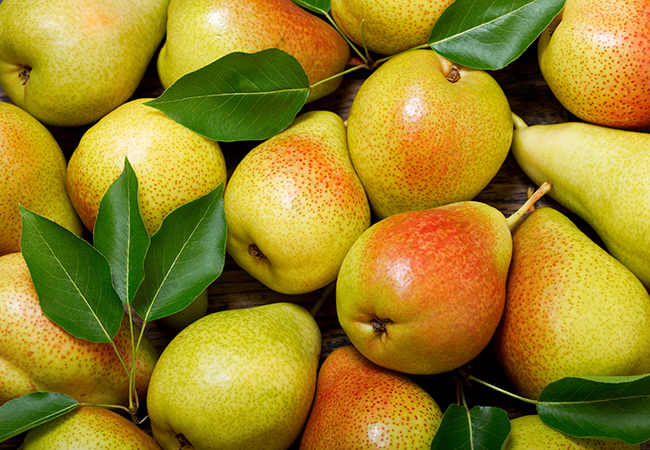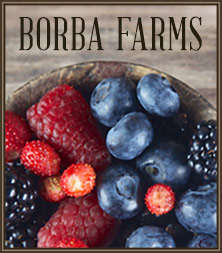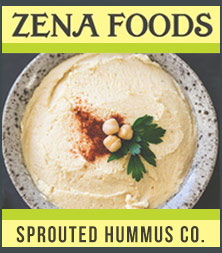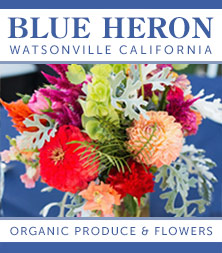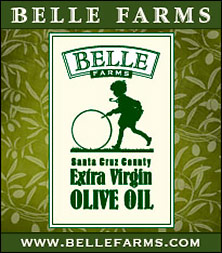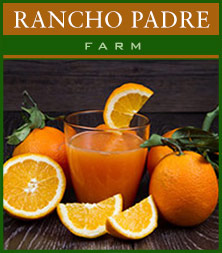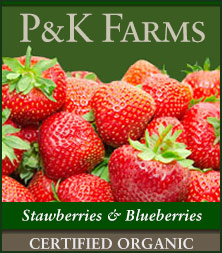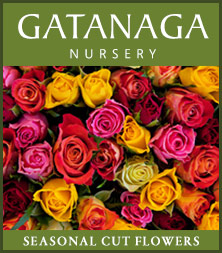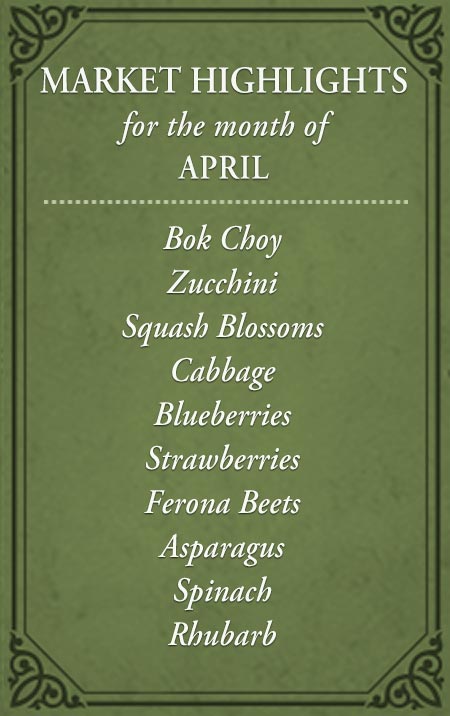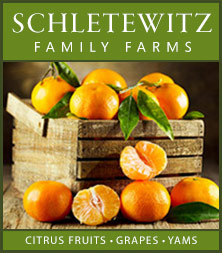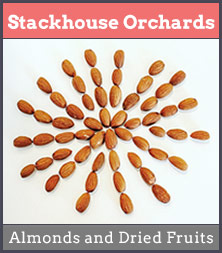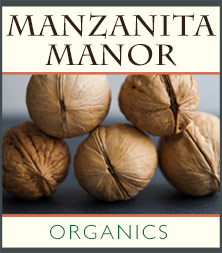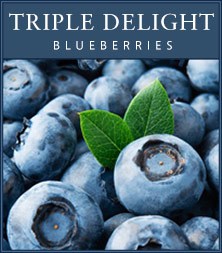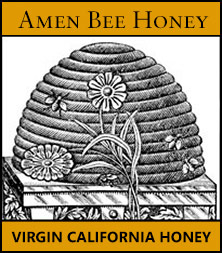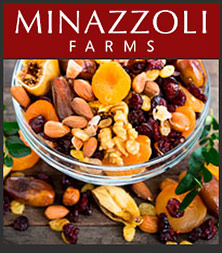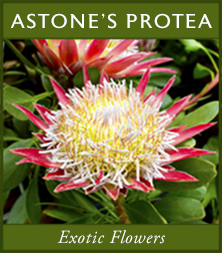Pears are among the world’s most captivating fruits, celebrated for their voluptuous contours and buttery texture. A perfectly ripe, luscious pear stands unrivaled as one of autumn’s sweetest pleasures. This ancient fruit even captured the admiration of the famous Greek poet Homer, who referred to pears as a “gift of the gods.” The Romans developed over 50 varieties of pears and introduced this cultivated fruit to Europe.
The California Bartlett pear traces its lineage back to the 17th century in Berkshire, England. Today, California is home to a diverse range of pear varieties, including Bartlett, Bosc, Seckel, Comice, Starkrimson (red pears), D’Anjou, Forelle, Packham’s, Taylor’s Gold, and Warren.
Pears are incredibly versatile, whether enjoyed fresh or used in cooking. They can be savored on their own, served with cheese as an appetizer, or incorporated into salads—raw or roasted. Pears also shine in jams, jellies, chutneys, poached in wine, or as a filling in desserts. Fresh fruit salsas and smoothies benefit from their flavor, and overripe pears are perfect for blending.
Interesting Pear Facts
- Over 3,000 pear varieties are cultivated worldwide, with Bartlett, Warren, Bosc, and Anjou being popular favorites.
- The United States is the world’s largest pear producer.
- Pears are often called ‘butter fruit’ due to their soft, creamy texture.
- In the United States, every pear is carefully hand-picked to avoid bruising.
- Pear leaves were used for smoking in early Europe, long before tobacco was introduced.
- Bartlett pears arrived in California with the gold miners of 1849, adding a touch of sweetness to the Golden State.
- A medium-sized pear contains just 98 calories and is rich in fiber, vitamin C, and vitamin K.
According to the California Pear Advisory Board, pears provide a wealth of nutrients, including important vitamins and minerals. A medium Bartlett pear delivers 16% of the daily requirement for dietary fiber (4 grams) and 10% of the daily requirement for vitamin C. Fresh pears are also a good source of potassium, contain no cholesterol or sodium, and are virtually fat-free.
Guide to Pear Varieties
Asian Pear
Origin: Cultivated in Japan for over 3,000 years.
Description: Sweet and super juicy with a crisp texture similar to an apple. Ideal for fresh eating, salads, or pairing with cheese.
Bartlett
Origin: An English heirloom pear dating back to 1765.
Description: Known for its classic pear flavor, juicy bite, and buttery texture. Great for canning and fresh eating.
Bosc
Origin: Originally from France, first planted in the US in the 1820s.
Description: A bronze beauty with a sweet, spiced flavor featuring cinnamon and nutmeg notes. Perfect for eating fresh or poaching.
Comice
Origin: France, mid-1800s.
Description: Succulent, buttery, and exceptionally sweet. Ideal for snacking, salads, and pairing with cheese.
Red D’Anjou
Origin: Known for its fiery red skin and zesty, citrus-like flavor.
Description: Sweet with a crisp, juicy bite. Pairs well with sharp cheddar or aged gouda and wines like Sauvignon Blanc or Syrah.
Taylor’s Gold
Origin: Discovered in New Zealand in 1986, likely a Bosc and Comice hybrid.
Description: Crisp, smooth texture, extremely juicy, and sweet. A delightful addition to any fruit selection.
Warren
Origin: Mississippi, USA.
Description: Prized for its super sweet flavor and smooth texture. Tender, juicy, and perfect for desserts.
Local pears can be found at Prevedelli Farms and Pinnacle.
RECIPES: Click here for delicious pear recipes!
GUIDE: A Guide to Choosing the Perfect Pear


